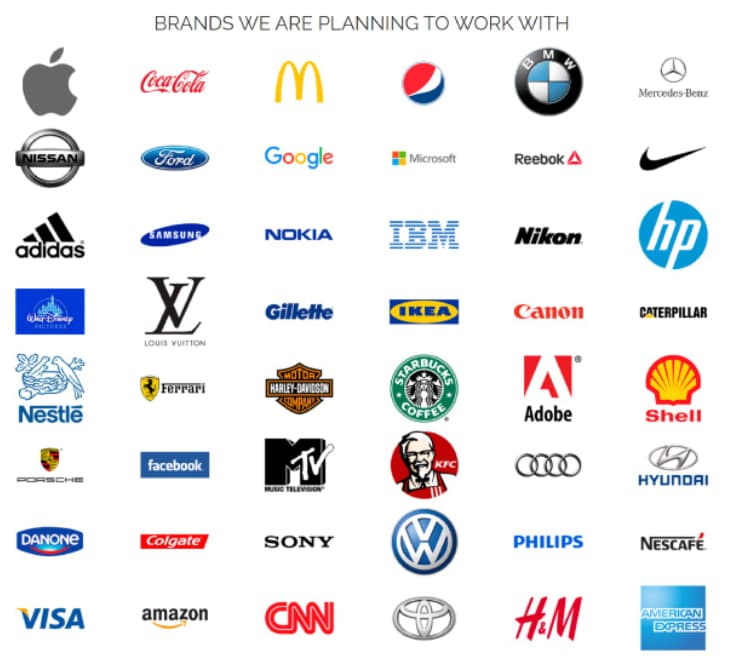Portfolio Is the Tip of the Iceberg
Topic: Thoughts

July 1, 2024
People understand portfolios so differently.
Some people include everything, absolutely indiscriminately, well, everything they have just encountered - from minor tweaks like repainting a button or shifting it slightly, to more significant changes like altering the order of items in a shopping cart or changing the font. And then, looking at this diversity, it seems that experts have had a hand in creating every website and application on the Internet.
Others present flashy portfolios filled with impressive works. In fact, it turns out that the specialists merely evaluated the projects without contributing any actual code although the portfolio looks impressive.
Some claim achievements that are more aspiration than reality. Yes, yes, and I've seen this too. This is an image from my collection of fascinating marketing findings from the section "Wait, it's illegal!"

Of course, all methods have a right to exist. However some of them speak more to marketing prowess than actual development skills.
And if I list all this with a hint of amusement, it's likely because I view portfolio design from a different perspective.
The Tip of the Iceberg or What Is Special About Our Portfolio?
Our company highly values quality. In everything. And in relation to our portfolio as well.
The projects we showcase are stories in which we've played a significant role. They are a testament to successful and productive collaborations.
We feature projects that we have been developing for many years, watching them grow from fledgling startups to mature entities that are self-sustaining or successfully raising funds from investors or crowdfunding platforms.
Projects in which we have carried out major work to ensure the viability of the customer's business. Projects that have undergone significant transformations with our involvement, reaching new heights of quality.
Here are some of them:
- Visdeal. The giant of the fishing tackle market started as a micro-project. Now it is a huge commercial online project. We have been involved in the project since its inception. We are witnesses of success and one of the reasons for it.
- Plei. It came to us as a tiny startup. The founder came to us to help players find teams and places to play. Now, this project assists field managers in renting out fields for amateur games and attracts thousands of football fans across the states.
- Montiplanet. A commercial online portal for Montessori educational toys that gained search engine traction within days of its launch with us. Started with us in 3 months.
- Luxury Therapist. A commerce project came to us in a challenging state, with tasks that others were hesitant to undertake.
And What's Under the Water Then?
Beneath the surface, hidden from view, there remain years of painstaking work, countless hours and weeks of searching for solutions to complex problems, repeated trials of new solutions, deciphering puzzles in someone else's code, searching for logic in what was written by previous developers who worked on the project before us, refining our skills.
Also, not all customers want to publicize the involvement of outsourcers in their projects for various reasons.
There are also strict non-disclosure agreements in place for certain sectors like medical laboratories, government orders, corporations, and the financial sector.
There are also some works that we choose not to include in our portfolio. These might be small, typical tasks that don't seem particularly special, even though the result is quite pleasing.
In Conclusion
So, you see, not all portfolios are created equal. Each has its unique characteristics.
Like an iceberg, what's visible is only a small fraction of the whole story. The true measure of a portfolio lies in the unseen depths of hard work, skill, and dedication that go into each project.